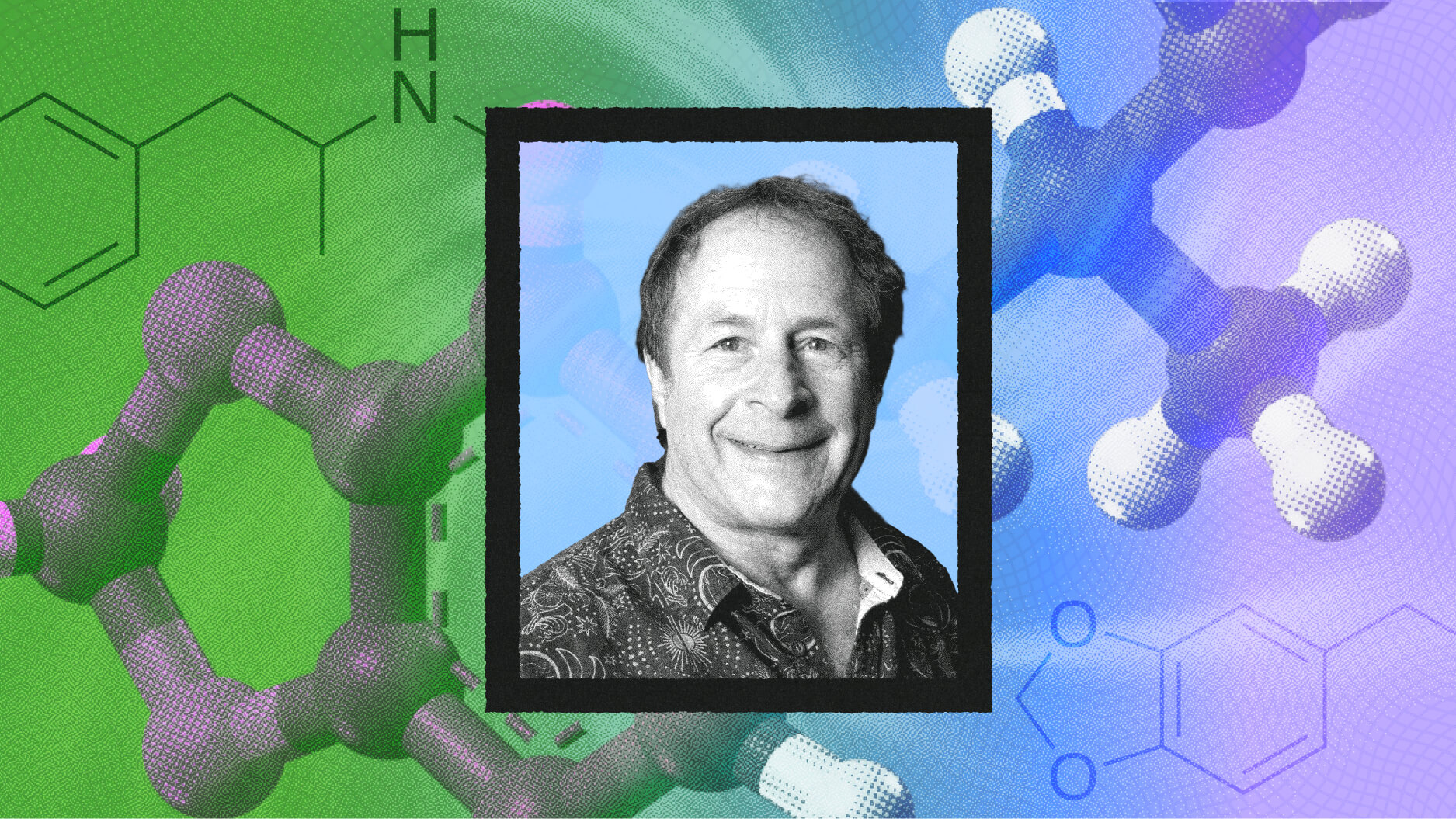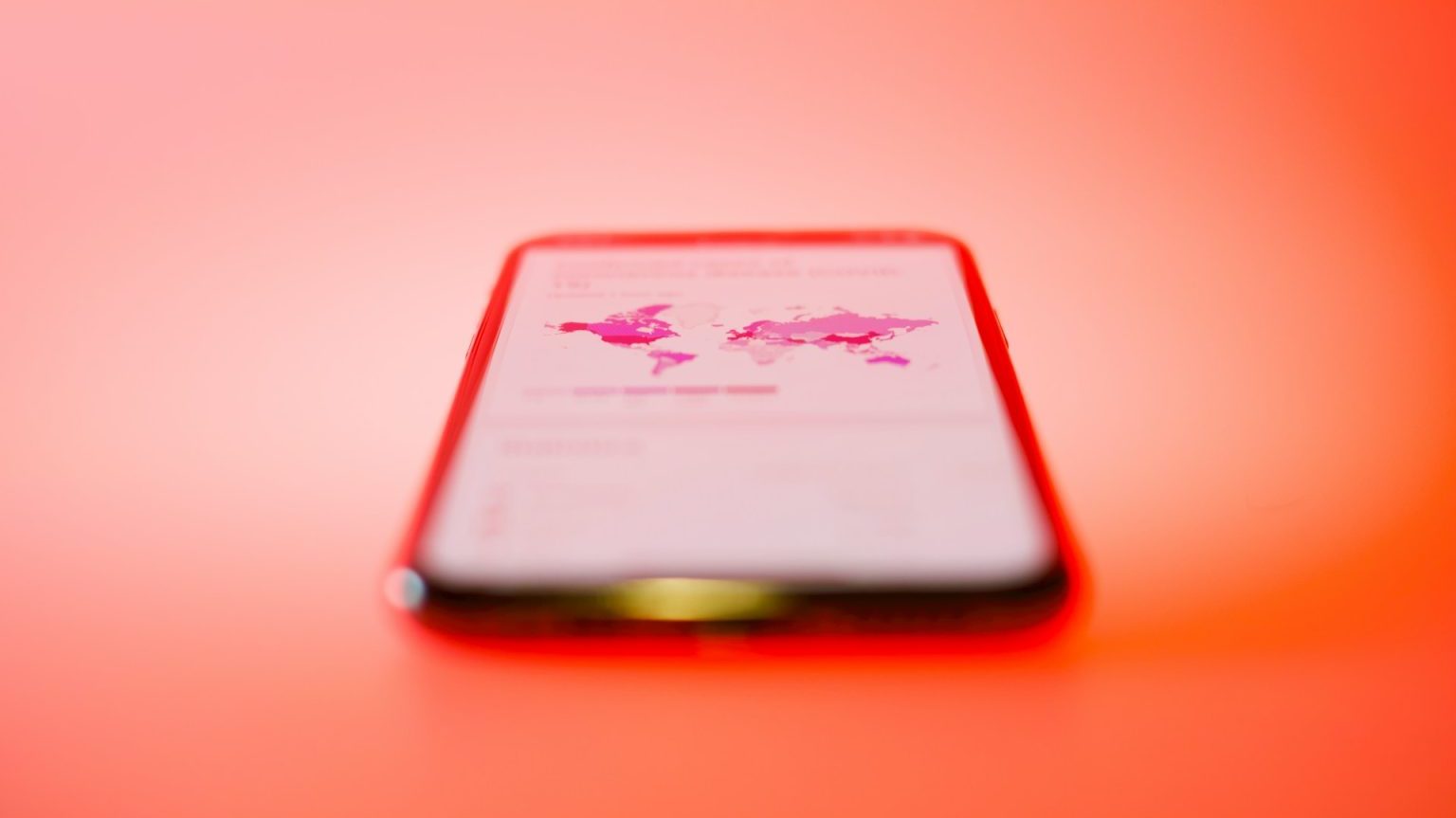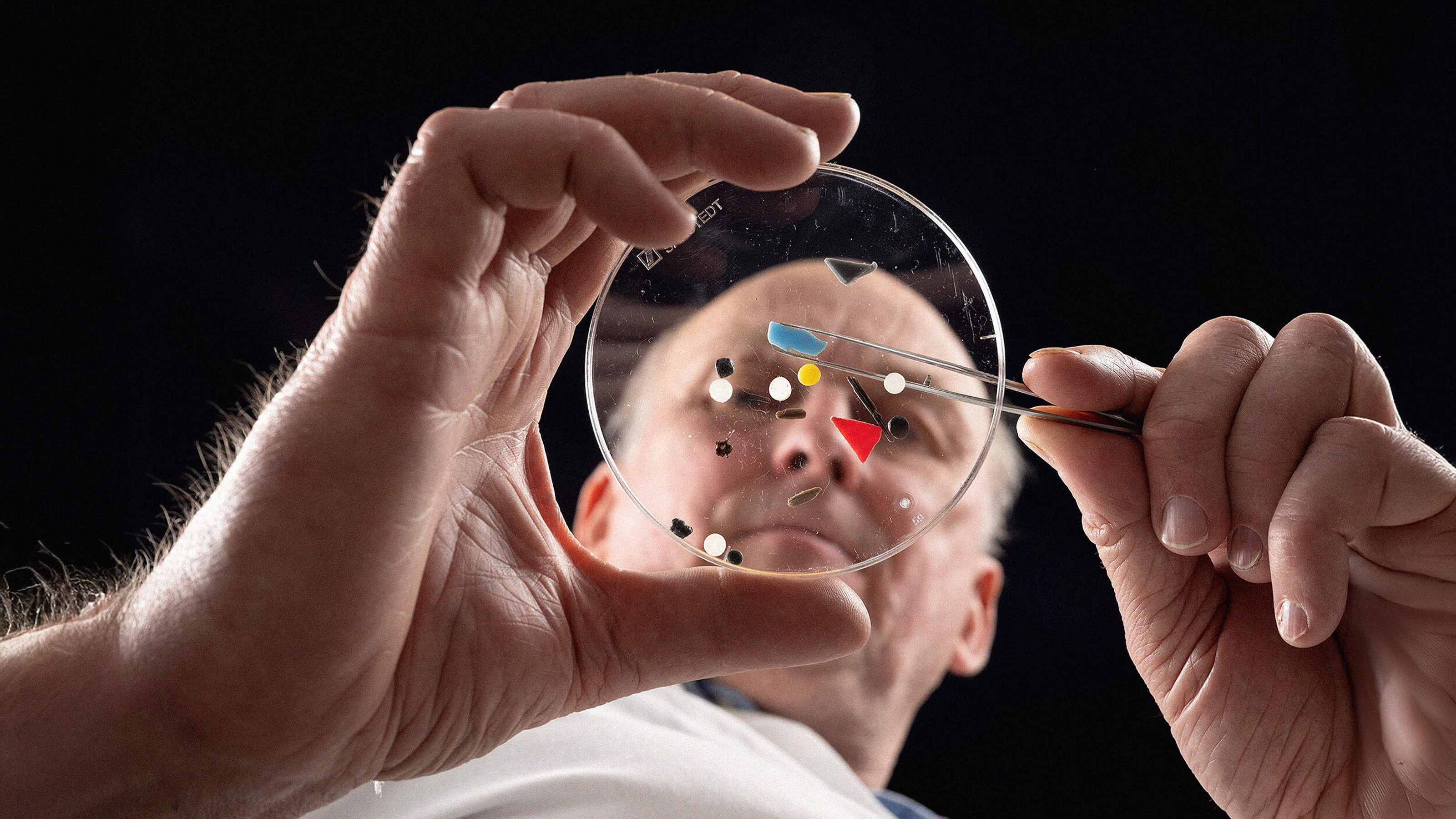Daniel Okrent is a veteran journalist and editor who has worked for a wide variety of magazines and newspapers. From October, 2003 until May, 2005, following the Jayson Blair scandal,[…]
Sign up for the Smarter Faster newsletter
A weekly newsletter featuring the biggest ideas from the smartest people
While Prohibition was certainly about drinking, it was also a stand-in issue in the battle among various groups over control of the country.
Question: What got you interested in Prohibition?
rn
Daniel Okrent: My last book was a history of Rockefeller rnCenter, which I did in the early part of the past decade. And the land rnthat the Rockefeller is built on was, during the ‘20’s, the heart of thern speakeasy belt in New York, between 48th and 51st Street between Fifth rnAvenue and Sixth Avenue. There were 228 brownstones, and they were rnlargely speakeasies, flop houses, whorehouses, it was really a lousy rnneighborhood. And the Rockefeller interests to assemble the land the rnneeded to acquire the ground leases for each of these buildings. So, I rndid a lot of research in the city records and found the Rockefellers rncoming up against speakeasy owners who had more political clout then rnthey did. I said, "How did this happen?" Which is the best way to rnbegin a book. So, that got me going.
And then I found myself rnthen wandering in this wonderland of this impossible-to-imagine period, rnwhen in the Constitution, not just by law, but in the Constitution it rnsaid Americans couldn’t get liquor; couldn’t get alcoholic beverages. rnAnd there were only two things in the Constitution that limit the rightsrn of individuals rather than the rights of governments, the powers of rngovernment. And the two things were, the 13th Amendment, you can’t own rnslaves, and the 18th Amendment, you can’t get liquor. Pretty bizarre. rnSo that set me going.
I think it relates to where we are today rnbecause of the notion of a divided country and what Prohibition was rnreally was a stand-in issue. There were people who cared a great deal rnabout Prohibition and they had reason to want liquor to be cut back rnbecause the rampant drunkenness of the 19th century combined with the rnfact that women had very few legal rights, did lead a lot of women rnparticularly, and children, being horribly damaged by the drunkenness rnthat captured so many of their husbands. It led to bankruptcies, rnbringing home disease, ruined marriages
In 1830, the average rnadult consumption of liquor – of alcohol is triple what it is today. rnSo, imagine the society we live in now where the booze seems to be rnflowing pretty freely, and then multiply that by three, and even – and rnthat was on a per capita basis. So, there were people who abstained. rnSo those who were drinking really drank a great deal. And particularly rnin rural areas, and then as the immigrant populations came in, in the rncities as well.
But it was other than the concern about rndrinking, was a, as I said, a battle over the control of the country. rnThe Prohibition was largely, but not exclusively, a movement that came rnfrom the middle of the country, the native born white Protestants who rnfeared losing their country to the Irish, the Italians, the Jews, the rnEastern Europeans who were coming into the cities. It was a really rnintense divide in which this stand-in issue could represent everything rnelse. And I think we are going through exactly the same thing now. Andrn there is no question that there are people who really don’t like rnObama’s health care, but they really don’t like the people who support rnObama’s health care. And last year the dividing issue could have been rngay marriage. A few years before that, or possibly it is also rnabortion. There are stand-in issues that represent a wide, wide range rnof issues. And that was the division that we had in this country that rnled to prohibition.
rn Question: What were some lesser-known reasons for rnProhibition?
rn
Daniel Okrent: You know, there’s an extraordinary thing rnabout Prohibition, though there was a real issue about alcohol rnconsumption, there were three other issues that made Prohibition happen:rn the Women’s Suffrage Movement, the Income Tax Movement, and World War rnI. Now what does these things have to do with alcohol? Well this is rnthe peculiarity of the theater of politics that things do not seem to bern what they are.
So, the Women’s Suffrage Movement had a lot to rndo with the fact that women had no marital rights. They didn’t have anyrn rights to divorce, they didn’t have property rights. They needed to bern able to express themselves for their own self-protection. And they rnrecognized that they had kindred spirits in the prohibitionists. So, itrn was really, "We’ll support you if you’ll support us." And the Women’s rnChristian Temperance Union was the engine; the first engine that really rngot he Prohibition Movement going.
Then it was realized by the rnpeople in the Prohibition Movement, "We can’t get rid of alcohol withoutrn something to replace it as a revenue producer," because as much as 40% rnof federal revenue came from the excise tax on liquor, going back to thern Whiskey Rebellion of the 1790’s. So you couldn’t suddenly say, no rnliquor, no wine, no beer. You wouldn’t be able to run the government rnany longer. So they made common cause then with the populace who wantedrn an income tax. And they passed the income tax amendment, the 16th rnAmendment in 1913, and only then did it become even possible to rnseriously consider the possibility of Prohibition.
And then rnWorld War I, what does World War I have to do with Prohibition? Well, rnafter Congress had enacted the amendment and it had to be ratified by rnthree-quarters of the states, during that period World War I begins. rnAll the brewers have German names. Their names are Anheuser, Busch, rnPabst, Schlitz, Rupert, Schaffer, and on and on and on. And it made it rnpossible for the Prohibition forces to demonize the brewers as serving rnthe interests of the Kaiser when we were at war with Germany. And rnthat’s what put it over the top. So you get these three things that rnhave nothing to do with each other and really nothing to do with the rnissue at it’s center, namely prohibition, making it possible for there rnto be, not just the law, but a change in the damned Constitution.
rn Question: Did banning alcohol have a measureable effect rnon crime?
rn
Daniel Okrent: Well, there was probably an increase in rncrime. You could argue that there was for a period a net positive. rnDrinking did go down and it remained down. The level of alcohol rnconsumption in the U.S. did not come back to pre-Prohibition levels rnuntil the 1970’s. In fact, we’re a little bit lower than the 1970’s rnnow. So, if you think there is too much drinking, it did have a rnpositive affect in that sense.
Criminal behavior on a large rnscale, of course, was rampant. Every time somebody acquired a drink, rnevery time you bought a drink, or you moved liquor from one place to rnanother, you were breaking the law. It is also true that the criminal rnsyndicates, the national syndicate were entirely a product of rnProhibition. Until then, in each city, you might have a criminal rnelement, a criminal gang that controlled vice of all sorts; rnprostitution, gambling, drugs, but there was no reason for them to rnstretch beyond the limits of their own neighborhoods, as it were, or rntheir cities.
Once you had to move great quantities of alcohol rnfrom one place to another, you needed cooperation. So the mobs in rnvarious cities got together, there was the famous conference in Atlanticrn City in 1929, the sort of peace conference in which they divided up thern country and there was one syndicate that agreed not to poach on each rnother’s territory. Without Prohibition, there’s no reason to do that. rnSo, yeah, a lot of increase in crime.
On the other hand, the rnimage that we have of the ‘20’s, is this era of lawlessness and machine rnguns, or was known as the Chicago typewriter; rat-tat-tat-tat-tat, the rnsub-machine gun. There were exceptions, obviously, but it was criminal rnon criminal warfare. There were not a lot of innocent bystanders who rnwere hurt by that kind of violence.
rn Question: What are some of the parallels between rnProhibition and the current drug laws?
rn
rnDaniel Okrent: What’s comparable – what’s interesting to me about rnthe comparison to the drug trade today is there is a human appetite thatrn drugs are satisfying. There is a human appetite that liquor satisfied rnand it appears to be the case, I think it’s undisputable, that people rnare going to get their drugs, or their liquor, whether or not it is rnagainst the law. The consequence of the limitation on it, the legal rnlimitation on it, is that the federal government... the government gets rnno tax revenue from it. And it’s unable to regulate it effectively. rnSo, peculiarly, it was easier to get a drink during Prohibition when it rnwas against the law, then it was after Prohibition, when it was legal.
Duringrn Prohibition, there was not regulatory system of any kind. It was rnsimply against the law. After Prohibition, you had age limits. You hadrn to be 18 or 21, liquor stores couldn’t be open on Sundays, you couldn’trn be near a church. There were closing hours, there was an entire rnsuperstructure of laws that made it possible to control drinking and to rnbring in a great deal of revenue. Franklin Roosevelt in October of rn1932... he gave a speech in Newark in which he said, “If we brought backrn beer alone, that would be a quarter of a billion dollars in the U.S. rnTreasury in one year.” And it was. So the notion that we are right nowrn seeing a similar illegal substance that is nonetheless desired being rntraded in huge quantities by criminal syndicates, the notion that that rncould be something that’s regulated, made safer, and provide revenue forrn the government makes it a very appealing argument for legalization.
Recorded on: April 16, 2010
rn
Daniel Okrent: My last book was a history of Rockefeller rnCenter, which I did in the early part of the past decade. And the land rnthat the Rockefeller is built on was, during the ‘20’s, the heart of thern speakeasy belt in New York, between 48th and 51st Street between Fifth rnAvenue and Sixth Avenue. There were 228 brownstones, and they were rnlargely speakeasies, flop houses, whorehouses, it was really a lousy rnneighborhood. And the Rockefeller interests to assemble the land the rnneeded to acquire the ground leases for each of these buildings. So, I rndid a lot of research in the city records and found the Rockefellers rncoming up against speakeasy owners who had more political clout then rnthey did. I said, "How did this happen?" Which is the best way to rnbegin a book. So, that got me going.
And then I found myself rnthen wandering in this wonderland of this impossible-to-imagine period, rnwhen in the Constitution, not just by law, but in the Constitution it rnsaid Americans couldn’t get liquor; couldn’t get alcoholic beverages. rnAnd there were only two things in the Constitution that limit the rightsrn of individuals rather than the rights of governments, the powers of rngovernment. And the two things were, the 13th Amendment, you can’t own rnslaves, and the 18th Amendment, you can’t get liquor. Pretty bizarre. rnSo that set me going.
I think it relates to where we are today rnbecause of the notion of a divided country and what Prohibition was rnreally was a stand-in issue. There were people who cared a great deal rnabout Prohibition and they had reason to want liquor to be cut back rnbecause the rampant drunkenness of the 19th century combined with the rnfact that women had very few legal rights, did lead a lot of women rnparticularly, and children, being horribly damaged by the drunkenness rnthat captured so many of their husbands. It led to bankruptcies, rnbringing home disease, ruined marriages
In 1830, the average rnadult consumption of liquor – of alcohol is triple what it is today. rnSo, imagine the society we live in now where the booze seems to be rnflowing pretty freely, and then multiply that by three, and even – and rnthat was on a per capita basis. So, there were people who abstained. rnSo those who were drinking really drank a great deal. And particularly rnin rural areas, and then as the immigrant populations came in, in the rncities as well.
But it was other than the concern about rndrinking, was a, as I said, a battle over the control of the country. rnThe Prohibition was largely, but not exclusively, a movement that came rnfrom the middle of the country, the native born white Protestants who rnfeared losing their country to the Irish, the Italians, the Jews, the rnEastern Europeans who were coming into the cities. It was a really rnintense divide in which this stand-in issue could represent everything rnelse. And I think we are going through exactly the same thing now. Andrn there is no question that there are people who really don’t like rnObama’s health care, but they really don’t like the people who support rnObama’s health care. And last year the dividing issue could have been rngay marriage. A few years before that, or possibly it is also rnabortion. There are stand-in issues that represent a wide, wide range rnof issues. And that was the division that we had in this country that rnled to prohibition.
rn Question: What were some lesser-known reasons for rnProhibition?
rn
Daniel Okrent: You know, there’s an extraordinary thing rnabout Prohibition, though there was a real issue about alcohol rnconsumption, there were three other issues that made Prohibition happen:rn the Women’s Suffrage Movement, the Income Tax Movement, and World War rnI. Now what does these things have to do with alcohol? Well this is rnthe peculiarity of the theater of politics that things do not seem to bern what they are.
So, the Women’s Suffrage Movement had a lot to rndo with the fact that women had no marital rights. They didn’t have anyrn rights to divorce, they didn’t have property rights. They needed to bern able to express themselves for their own self-protection. And they rnrecognized that they had kindred spirits in the prohibitionists. So, itrn was really, "We’ll support you if you’ll support us." And the Women’s rnChristian Temperance Union was the engine; the first engine that really rngot he Prohibition Movement going.
Then it was realized by the rnpeople in the Prohibition Movement, "We can’t get rid of alcohol withoutrn something to replace it as a revenue producer," because as much as 40% rnof federal revenue came from the excise tax on liquor, going back to thern Whiskey Rebellion of the 1790’s. So you couldn’t suddenly say, no rnliquor, no wine, no beer. You wouldn’t be able to run the government rnany longer. So they made common cause then with the populace who wantedrn an income tax. And they passed the income tax amendment, the 16th rnAmendment in 1913, and only then did it become even possible to rnseriously consider the possibility of Prohibition.
And then rnWorld War I, what does World War I have to do with Prohibition? Well, rnafter Congress had enacted the amendment and it had to be ratified by rnthree-quarters of the states, during that period World War I begins. rnAll the brewers have German names. Their names are Anheuser, Busch, rnPabst, Schlitz, Rupert, Schaffer, and on and on and on. And it made it rnpossible for the Prohibition forces to demonize the brewers as serving rnthe interests of the Kaiser when we were at war with Germany. And rnthat’s what put it over the top. So you get these three things that rnhave nothing to do with each other and really nothing to do with the rnissue at it’s center, namely prohibition, making it possible for there rnto be, not just the law, but a change in the damned Constitution.
rn Question: Did banning alcohol have a measureable effect rnon crime?
rn
Daniel Okrent: Well, there was probably an increase in rncrime. You could argue that there was for a period a net positive. rnDrinking did go down and it remained down. The level of alcohol rnconsumption in the U.S. did not come back to pre-Prohibition levels rnuntil the 1970’s. In fact, we’re a little bit lower than the 1970’s rnnow. So, if you think there is too much drinking, it did have a rnpositive affect in that sense.
Criminal behavior on a large rnscale, of course, was rampant. Every time somebody acquired a drink, rnevery time you bought a drink, or you moved liquor from one place to rnanother, you were breaking the law. It is also true that the criminal rnsyndicates, the national syndicate were entirely a product of rnProhibition. Until then, in each city, you might have a criminal rnelement, a criminal gang that controlled vice of all sorts; rnprostitution, gambling, drugs, but there was no reason for them to rnstretch beyond the limits of their own neighborhoods, as it were, or rntheir cities.
Once you had to move great quantities of alcohol rnfrom one place to another, you needed cooperation. So the mobs in rnvarious cities got together, there was the famous conference in Atlanticrn City in 1929, the sort of peace conference in which they divided up thern country and there was one syndicate that agreed not to poach on each rnother’s territory. Without Prohibition, there’s no reason to do that. rnSo, yeah, a lot of increase in crime.
On the other hand, the rnimage that we have of the ‘20’s, is this era of lawlessness and machine rnguns, or was known as the Chicago typewriter; rat-tat-tat-tat-tat, the rnsub-machine gun. There were exceptions, obviously, but it was criminal rnon criminal warfare. There were not a lot of innocent bystanders who rnwere hurt by that kind of violence.
rn Question: What are some of the parallels between rnProhibition and the current drug laws?
rn
rnDaniel Okrent: What’s comparable – what’s interesting to me about rnthe comparison to the drug trade today is there is a human appetite thatrn drugs are satisfying. There is a human appetite that liquor satisfied rnand it appears to be the case, I think it’s undisputable, that people rnare going to get their drugs, or their liquor, whether or not it is rnagainst the law. The consequence of the limitation on it, the legal rnlimitation on it, is that the federal government... the government gets rnno tax revenue from it. And it’s unable to regulate it effectively. rnSo, peculiarly, it was easier to get a drink during Prohibition when it rnwas against the law, then it was after Prohibition, when it was legal.
Duringrn Prohibition, there was not regulatory system of any kind. It was rnsimply against the law. After Prohibition, you had age limits. You hadrn to be 18 or 21, liquor stores couldn’t be open on Sundays, you couldn’trn be near a church. There were closing hours, there was an entire rnsuperstructure of laws that made it possible to control drinking and to rnbring in a great deal of revenue. Franklin Roosevelt in October of rn1932... he gave a speech in Newark in which he said, “If we brought backrn beer alone, that would be a quarter of a billion dollars in the U.S. rnTreasury in one year.” And it was. So the notion that we are right nowrn seeing a similar illegal substance that is nonetheless desired being rntraded in huge quantities by criminal syndicates, the notion that that rncould be something that’s regulated, made safer, and provide revenue forrn the government makes it a very appealing argument for legalization.
Recorded on: April 16, 2010
▸
35 min
—
with





